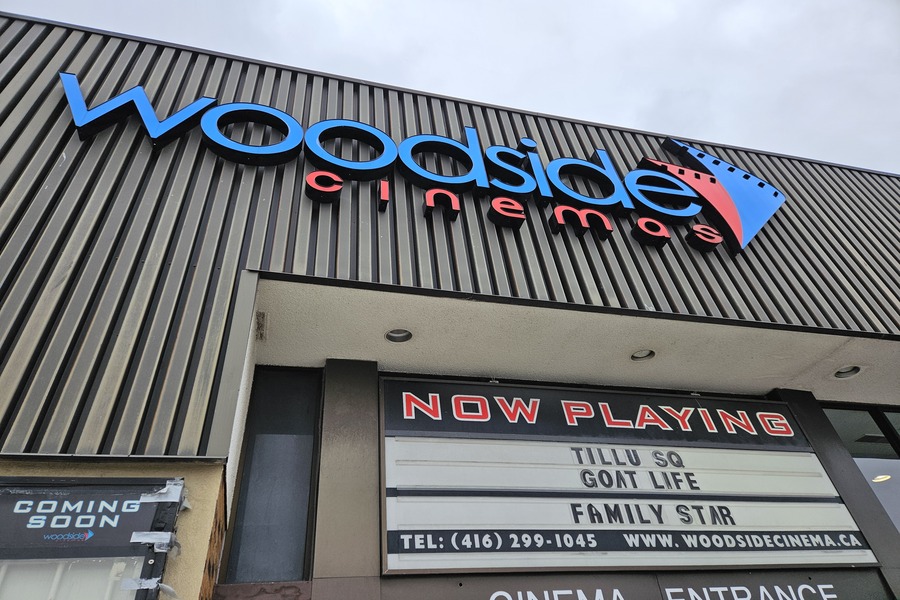
As Indian cinema becomes more prevalent in the GTA, there’s greater opportunity to get things wrong when it comes to portraying India to Canadians or Canada to Indians.
Changing demographics and the rapid growth of the South Asian diaspora in Canada has brought with it an era of unprecedented cultural exchange between the two regions. With Indian art increasingly popular in Canada and the influx of Bollywood films set in or portraying Canada, Indian cinema is capable of influencing how the two nations view each other’s people and culture.
But the films do get some things wrong. Canada’s portrayal in Indian cinema is often largely indistinguishable from the portrayal of the United States, particularly in Bollywood films. Meanwhile, South Asian diaspora audiences in Canada often get an exaggerated look at life in India.
“Canadians are like an extension of America, to be honest,” Rahul Puri, managing director of Mukta Arts, a film production studio in Mumbai, said in an in-person interview. “People have a perception of India, but …even the stereotypes [of Canadians] don’t come through in our films.
“Loads of Indian films are set in Canada, and you have a token white guy who’s a bog-standard white guy with a slightly American accent.”
Puri said that while most Indian films have very little emphasis on the portrayal of Canada, Punjabi films are the exception. They do offer a different look, he said, owing to the rapidly growing Punjabi population in Canada.
The 2019 Punjabi film Ardaas Karaan, set in British Columbia, combines a depiction of the struggles of the immigrant experience in Canada with its broader overarching stories revolving around love and family drama. In the film, three friends from very different communities come together to adapt to a challenging new environment, according to a review in The Tribune.
Goreyan Nu Daffa Karo, released in 2014, is about a man from India who falls in love with a Canadian woman and must overcome their cultural differences to get his father to approve of their romance.
“If you look at Punjabi movies, I’m not saying they do a great job of portraying white Canada particularly well, but the immigrant experience, they portray really decently, particularly the Punjabi experience,” said Puri.
The diversity of Canada’s population can mean that there isn’t a particular image that stands out in the minds of people abroad, said Chaitanya Chinchlikar, chief technology officer of Whistling Woods International, a film, communication and creative arts institute based out of Mumbai.
“Societies like that, every five years, they go through a sea change,” Chinchlikar said.
For fans of Indian cinema in the West, particularly members of the South Asian diaspora who did not grow up in South Asia, Indian film offers different portrayals of Indian people than is typically found in Western films. The study A Content Analysis of the Portrayal of India in Films Produced in the West notes that while “the role of the Western characters is complex in these (Western film) narratives, those of Third World characters are simplistic and almost predictable.”
Films produced in India, however, give the Indian diaspora a chance to see people representing their culture in leading roles and offer an opportunity to stay connected to some aspects of their culture.
That said, Bollywood’s desire to cater to certain audiences can leave these films with a skewed portrayal of life in India.
Another study, How the Indian Middle-Class Came to Define Bollywood, explores the industry’s shift away from films portraying “social realities” to narratives that cater more toward a new middle class, with an emphasis on social mobility and extravagance.
Noor Anand Chawla, an independent journalist based in New Delhi, said any of these new hit films portray a “larger-than-life ideal of what India is.”
For Indians who didn’t grow up in India, these depictions of life in Bollywood films can feel over-the-top.
“I do think there are some extreme exaggerations of the culture depicted in India, but I have a small perspective because I’ve only spent a little bit of time there,” Anahita Bahri, a Los Angeles-based freelance data storyteller who grew up in the Middle East, said in a Zoom interview.
“I sometimes see a more lavish perspective…but then there are of course other movies that show that disparity.
“ Maybe the newer films are a little better at depicting the culture,” Bahri added. “This particular movie that I watched over the weekend actually talked about the disparity and showed the struggle with people in lower income classes and also corruption and things like that. But it was all a comedy movie anyways and in the end, everyone won, so it wasn’t that realistic, right?”
Bahri said she has spent time in India with family, but the country’s size and diversity mean there are places like Kashmir and Mumbai she has experienced only through film.
She also observed that the patriotic messaging and Islamophobia in certain films have stood out to her as someone who grew up with a lot of Muslim friends.
“On the flip side, there are a bunch of movies out there that are about a romance between someone who’s Muslim and someone who’s Hindu…both families might have issues with the other end, but eventually it turns out to be okay…there’s an attempt at some kind of mutual understanding,” said Bahri.
This story was a collaboration between students at The Creative School at Toronto Metropolitan University and Whistling Woods International in Mumbai, India.
